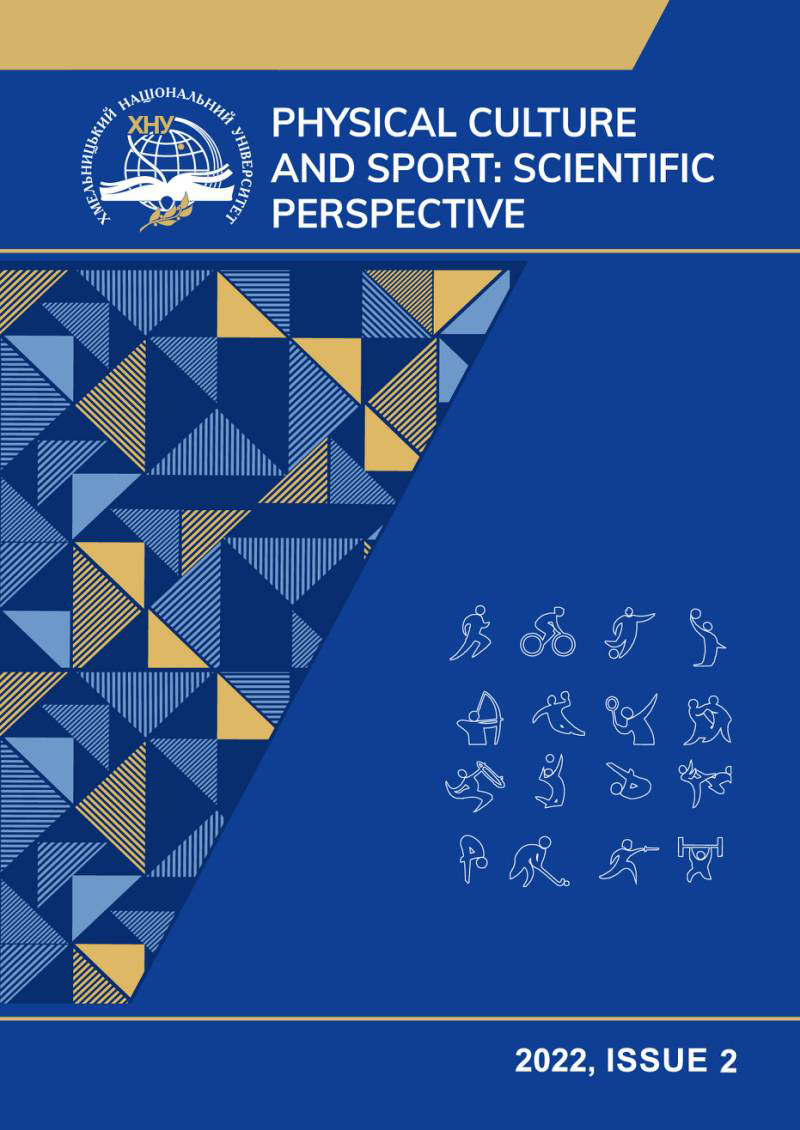INFORMATION COMPONENT IN THE REHABILITATION PROCESS OF PATIENTS WITH CHRONIC OBSTRUCTIVE PULMONARY DISEASE
DOI:
https://doi.org/10.31891/pcs.2022.2.6Keywords:
сhronic obstructive pulmonary disease, physical rehabilitation, educational activity, algorithmAbstract
Chronic obstructive closure of a legend is an increase in obstruction that can be prevented and eliminated. The article presents current data on the increase in chronic obstructive pulmonary disease, indicative mortality, treatment costs and WHO prognostic data for the future. The necessity of physiotherapeutic therapy of patients with chronic obstructive pulmonary disease with obligatory emphasis on warehouse information is substantiated. The proposed algorithm for information work with patients with chronic obstructive pulmonary disease consists of a block of interviews, an information block and a block of recommendations. It is necessary to emphasize that the information of a warehouse can be constantly improved, taking into account individual features of the patient and a tap of rehabilitation. Lifestyle advice Include smoking cessation by patients, diet, breathing exercises and, if necessary, rational employment.
The purpose of the work was scientifically processed and developed algorithms for self-stagnation in patients with COPD means of physical therapy.
The results of the study: the development of an algorithm for information work with patients with chronic obstructive pulmonary disease.
Basics: physiotherapy occupies an important place in the complex treatment of patients with COPD. The obligatory component of the partial program of physical rehabilitation of patients should be the information component including the block of interviews, the information block and the block of recommendations. The algorithm of information robots from patients with COPD can be post-conflict retrofitted, taking into account the individual characteristics of patients, the severity of the disease and the stage of rehabilitation. Lifestyle advice should be sound and include the necessary steps to implement it. First of all, it concerns the cessation of smoking by patients, adherence to diet, use of breathing exercises and, if necessary, rational employment.
References
Andriichuk O. Y., Sakharuk L. Y. Determination of compliance for the prevention of ischemic heart dis-ease in patients with depressive disorders. International Balneology and Physical Medicine Conference «Chal-lenges and Prospects of Public Health and Physical Medicine Development» January (27-28, 2022, Sumy, Ukraine). C. 95 DOI: 10.36740/ABAL202201119
Vplyv fizychnoi terapii na yakist zhyttia patsiientiv z komorbidnymy stanamy / O.Ia. Andriichuk, N.Ia. Ulia-nytska, O.O. Yakobson, N.B. Hreida, M.I. Maistruk // Art of Medicine. 2021. № 2. S. 7-14. DOI: https://doi.org/10.21802/artm.2021.2.18.7.
Depresiia – odna iz providnykh prychyn pohanoho stanu zdorovia ta invalidnosti v usomu sviti. URL: https://www.medcv.gov.ua/archives/4322.
Mykhailova E. A., Bahatska N. V., Matkovska T. N., Mytielov D. A., Hlotka L. I. Kliniko-biolohichnyi aspekt depresyvnoho rozladu povedinky u pidlitkiv. Visnyk problem biolohii i medytsyny. 2020. Vyp. 1 (155). S. 337-341
Novi mozhlyvosti farmakoterapii depresii: u fokusi anhedoniia ta emotsiine prytuplennia. Zdorovia Uk-rainy. 2020. №4. Lystopad. S.12-14
Panko T.V. Terapiia depresii: ochikuvannia likaria ta patsiienta. Zdorovia Ukrainy. 2021. №1. Berezen. S. 24-25
Chaban O. S. Depresiia ta tryvoha pislia COVID-19: yak prypynyty emotsiini «hoidalky»? Zdorovia Ukra-yiny. 2021. №20. Zhovten. S. 44-45
Shelenkova N. L. Psykholohichna dopomoha liudyni v emotsiinii kryzi. Osobystist u kryzovykh umovakh ta krytychnykh sytuatsiiakh zhyttia: Materialy IV Mizhnarodnoi naukovo-praktychnoi konferentsii 22−23 liutoho 2018 roku. Sumy. 2018. S. 311-323.





